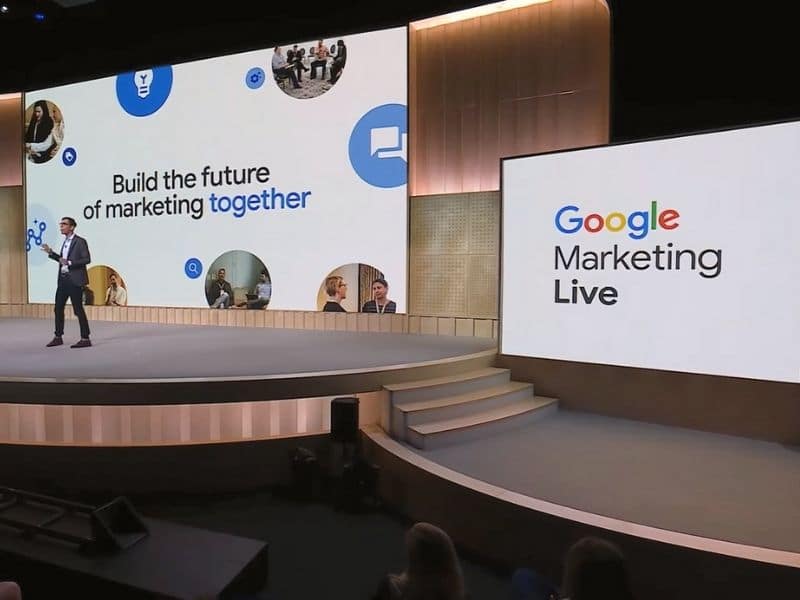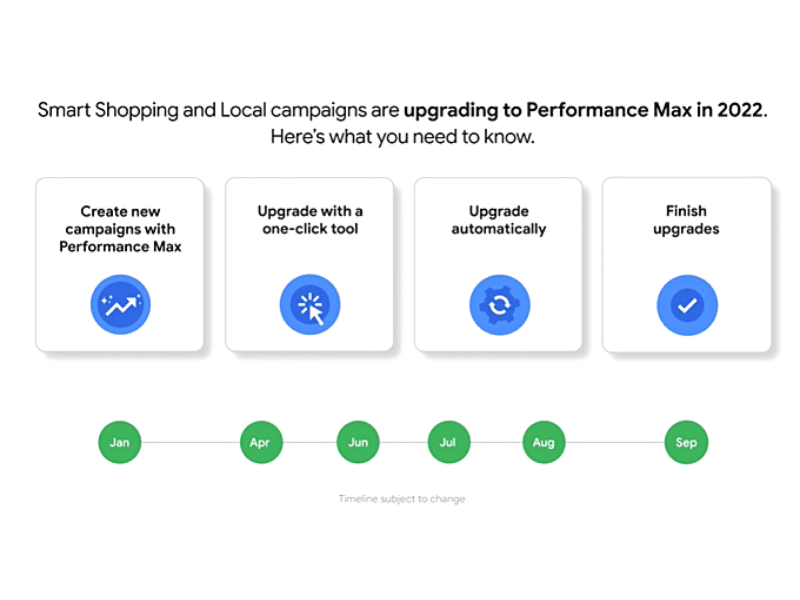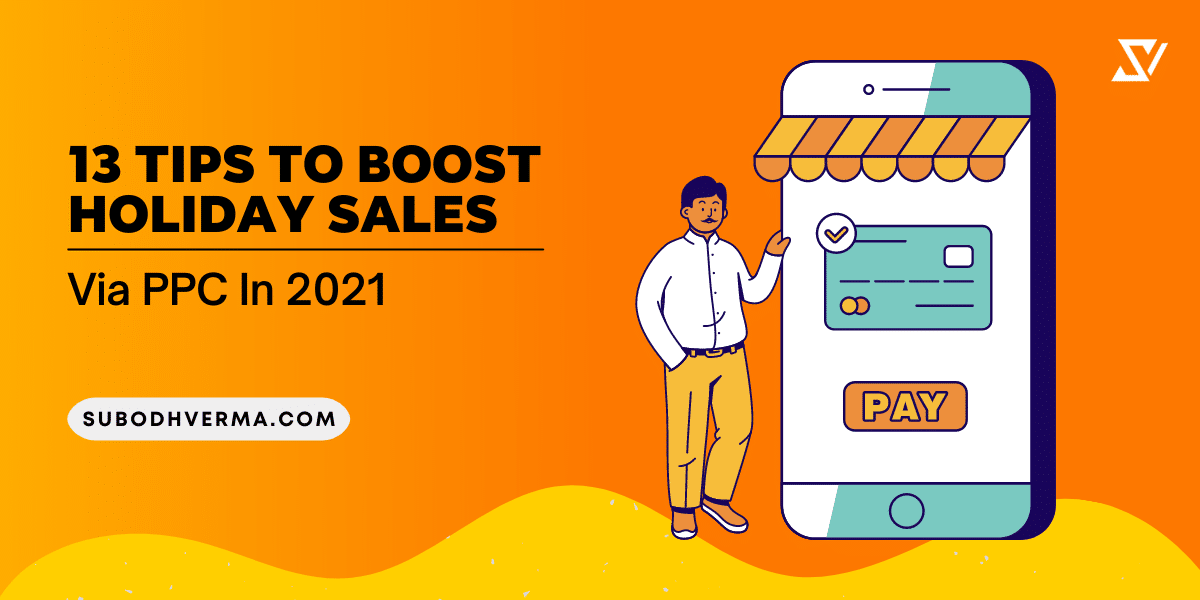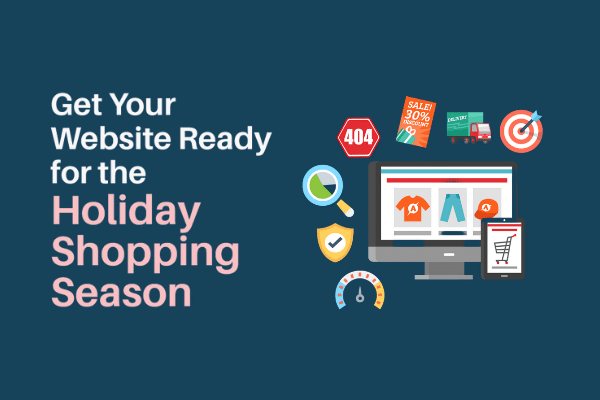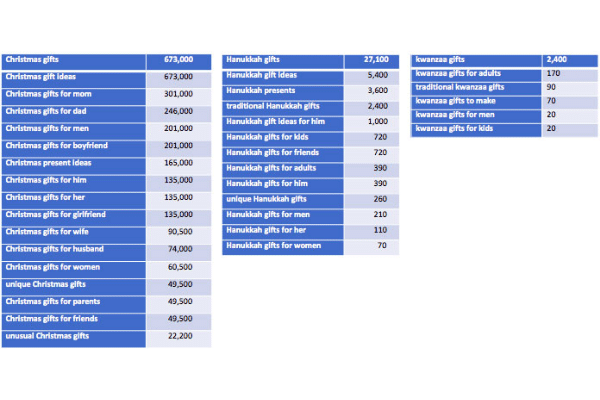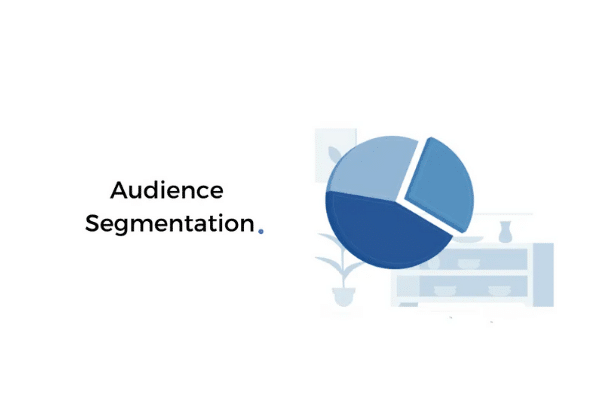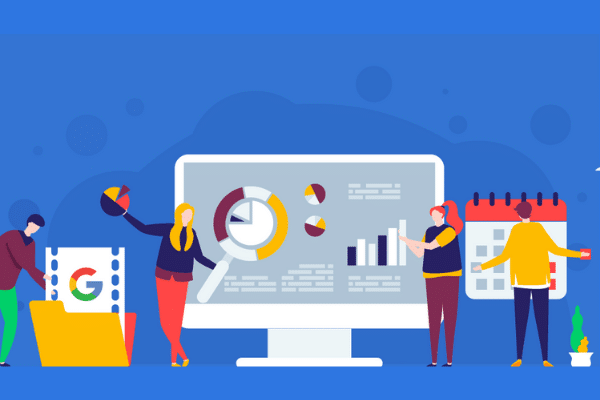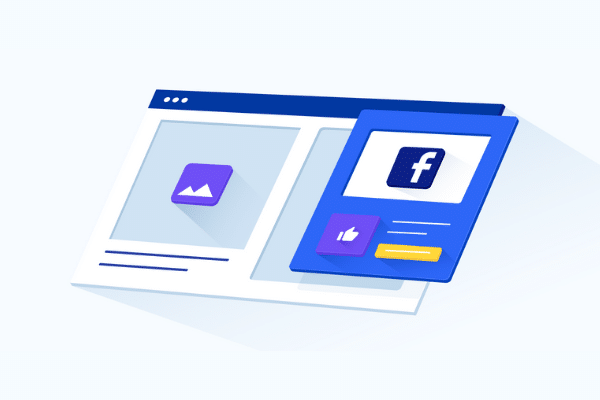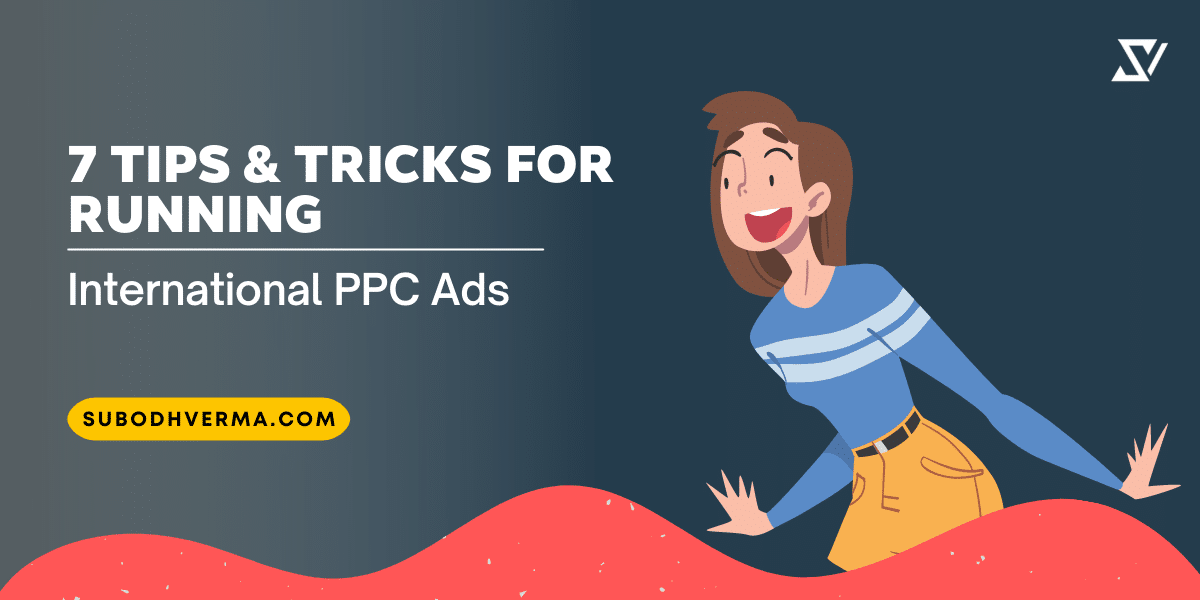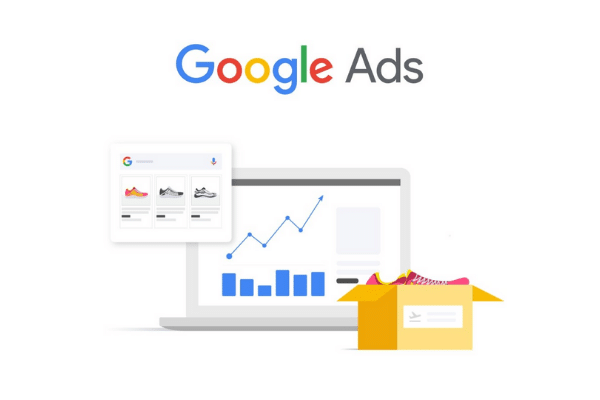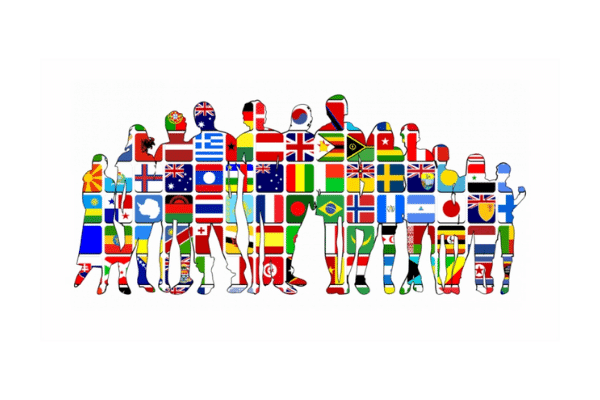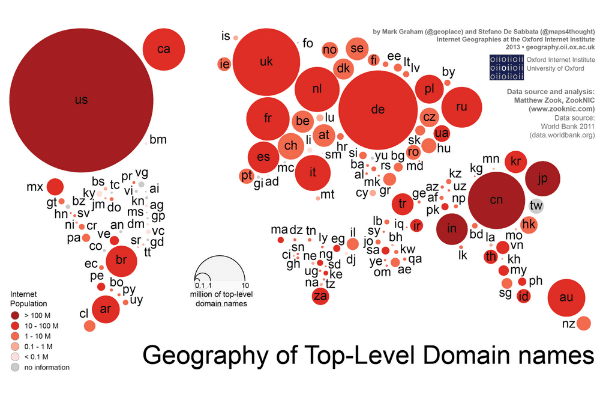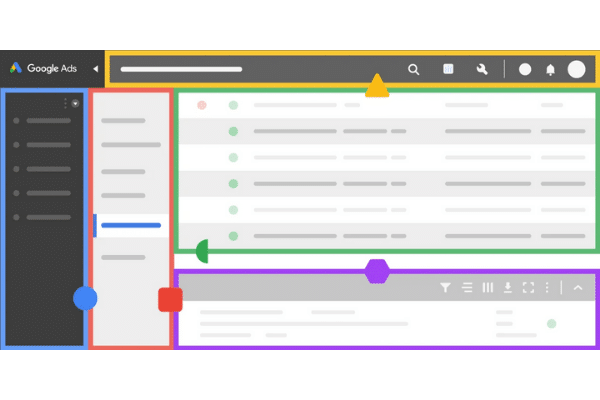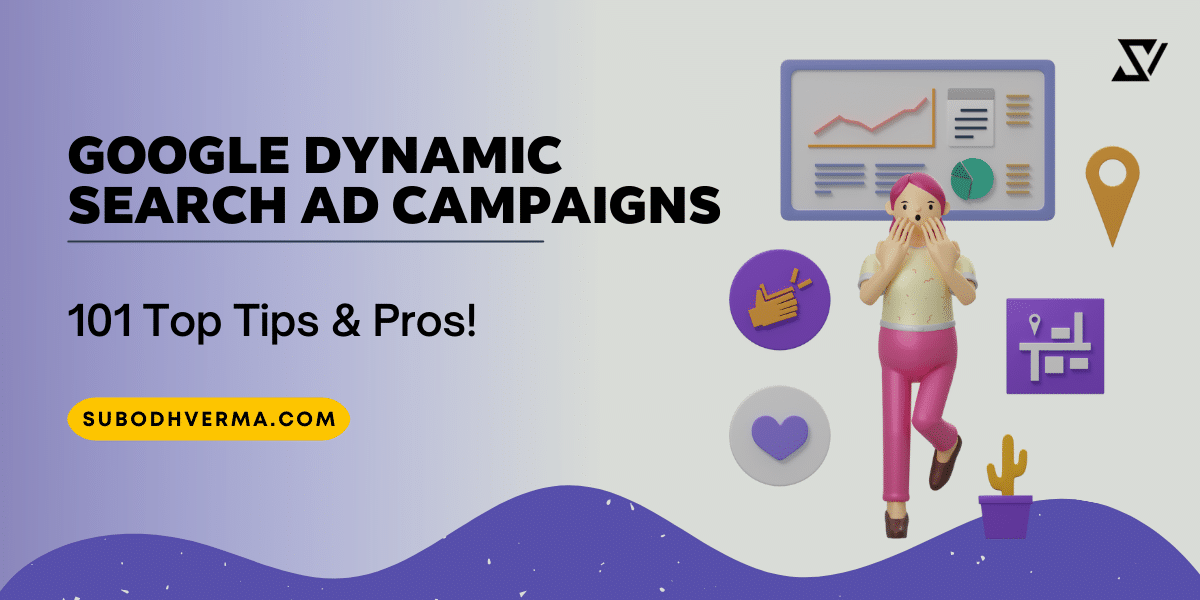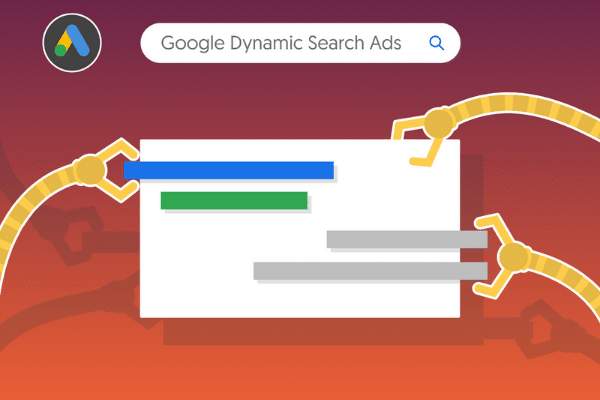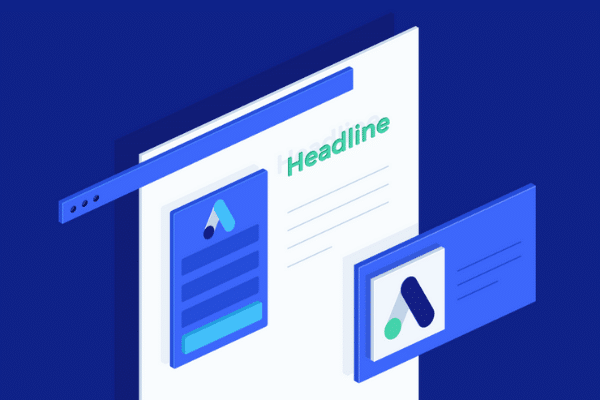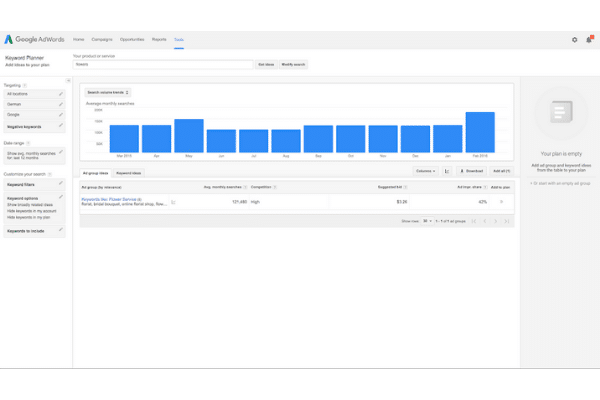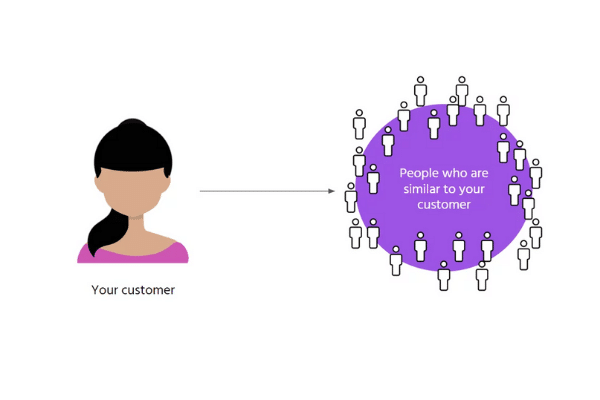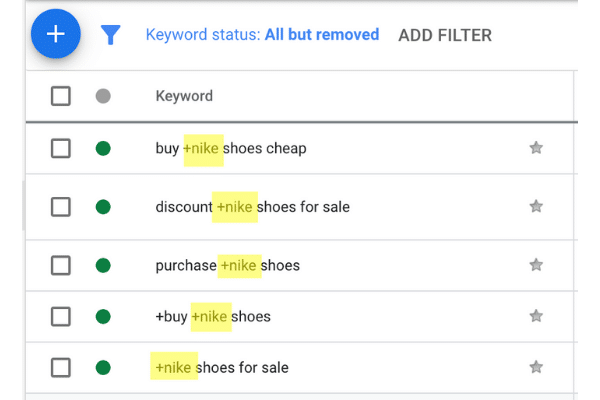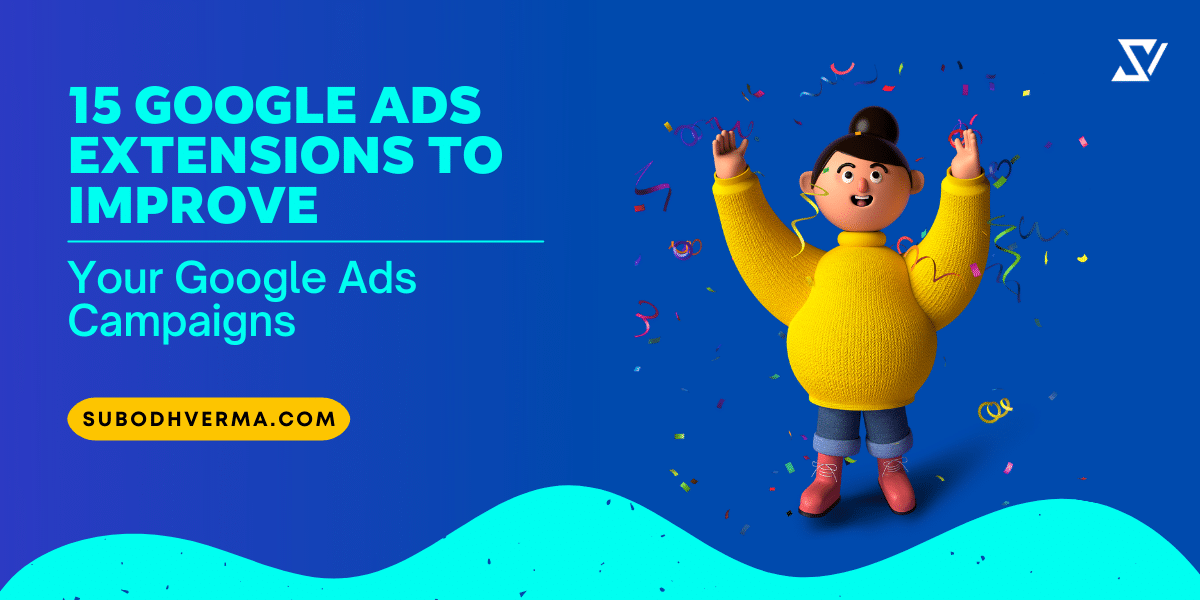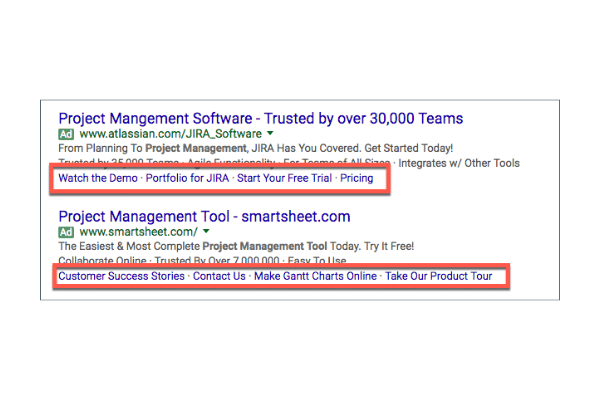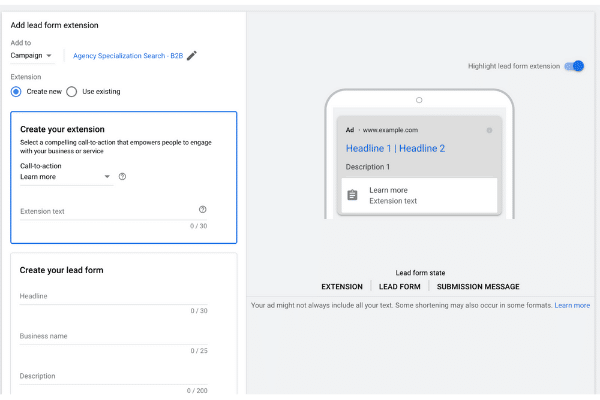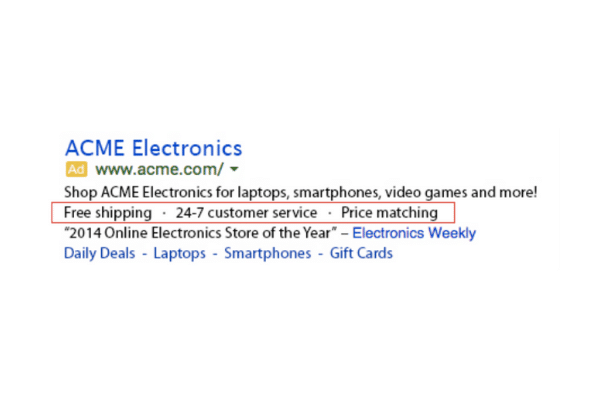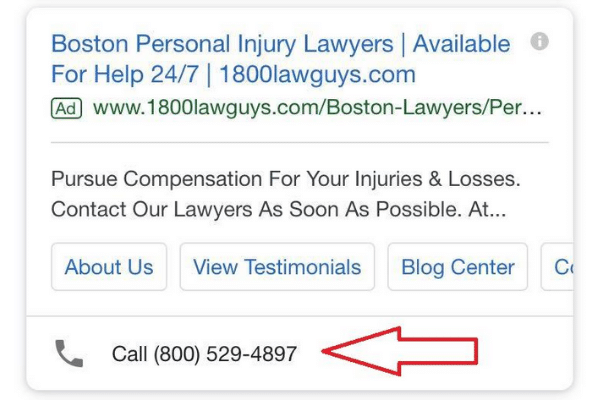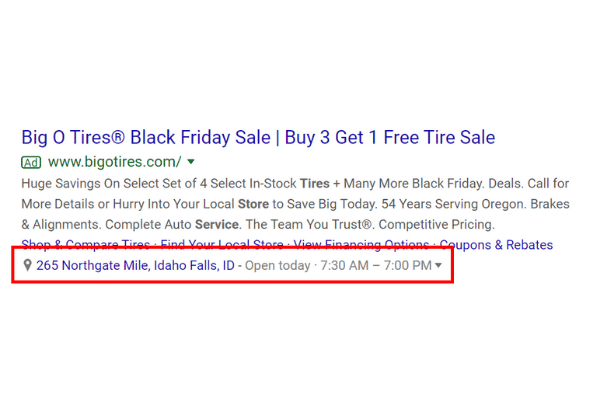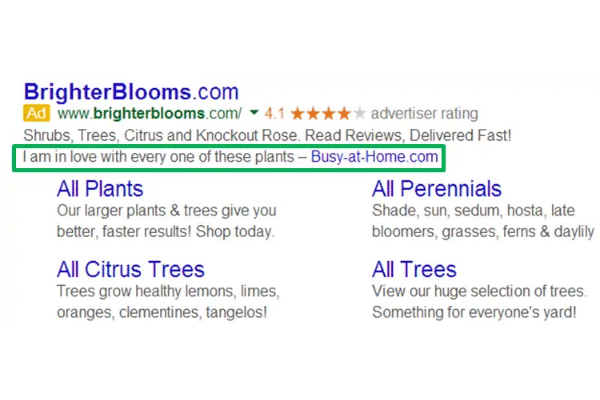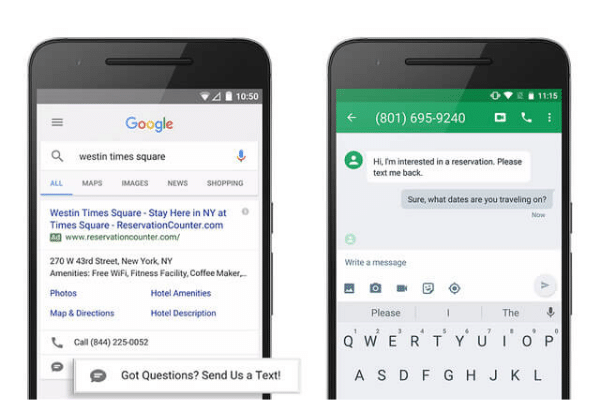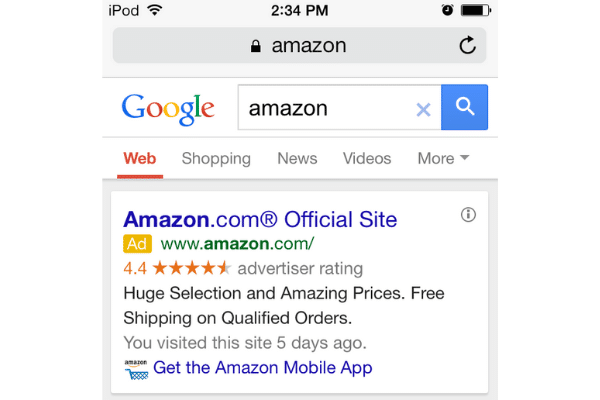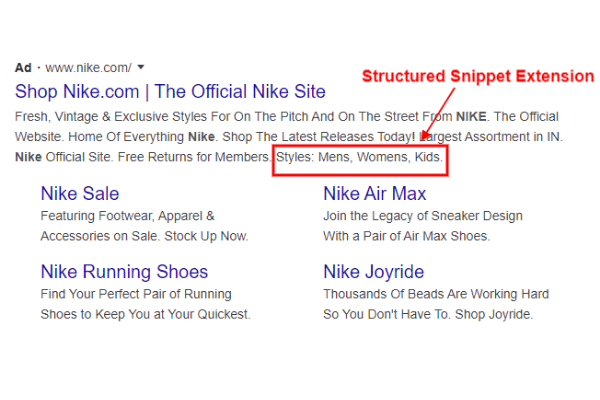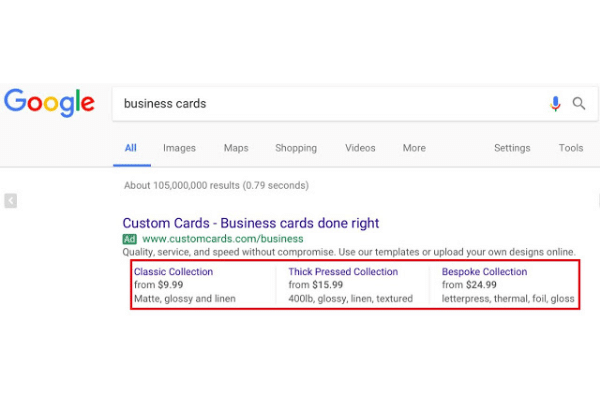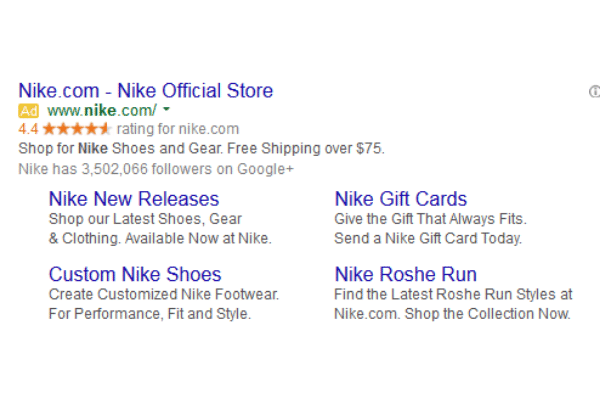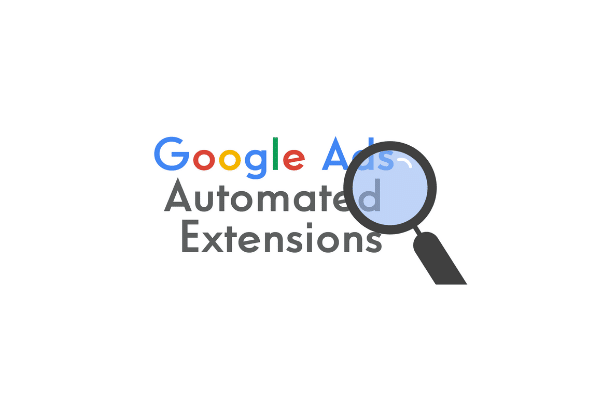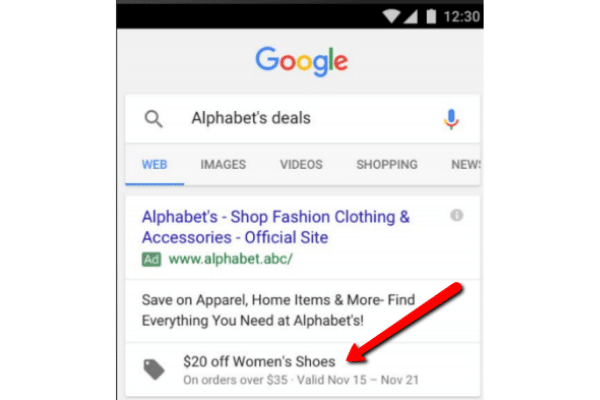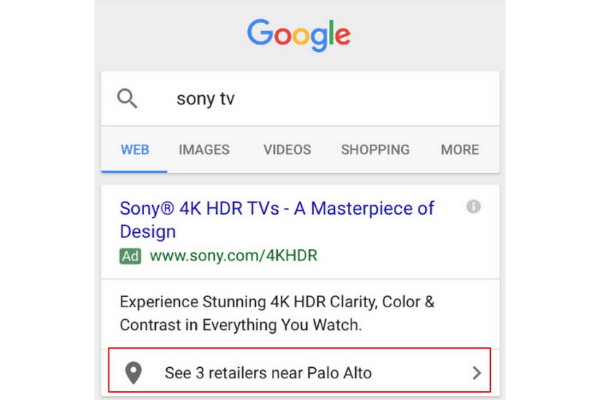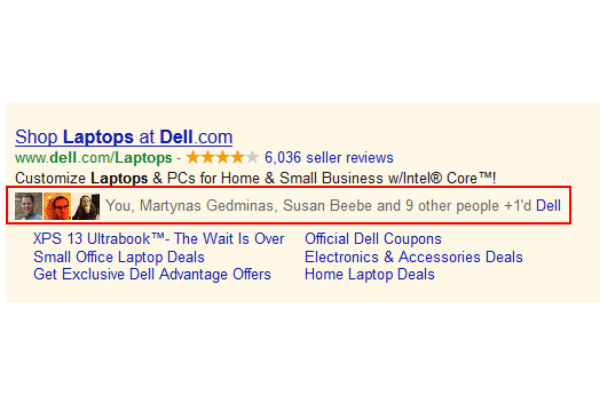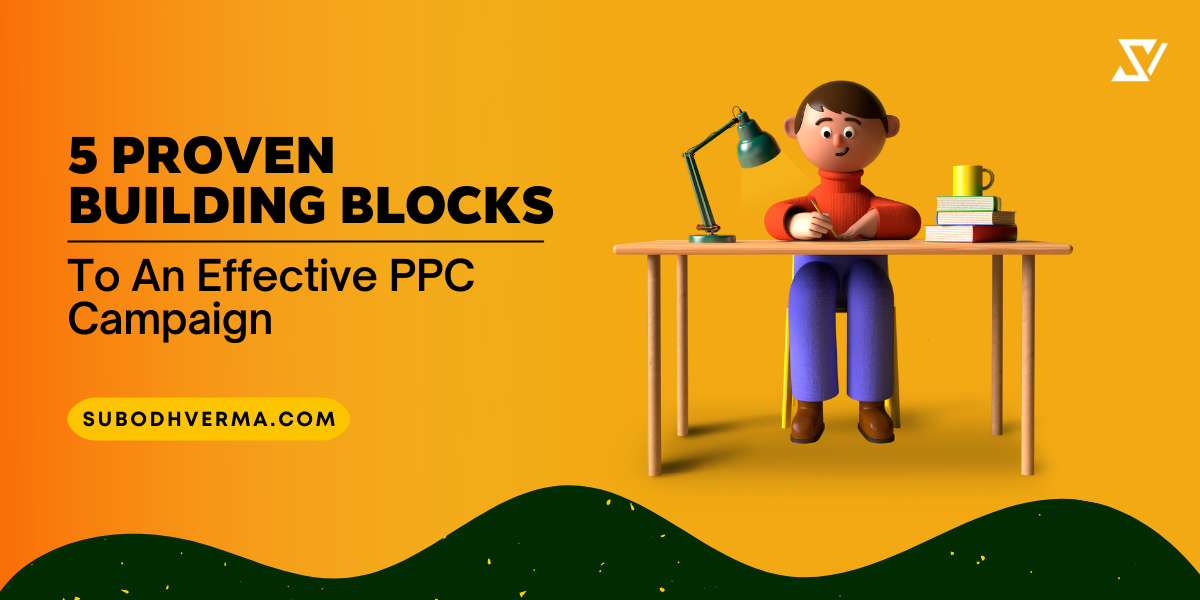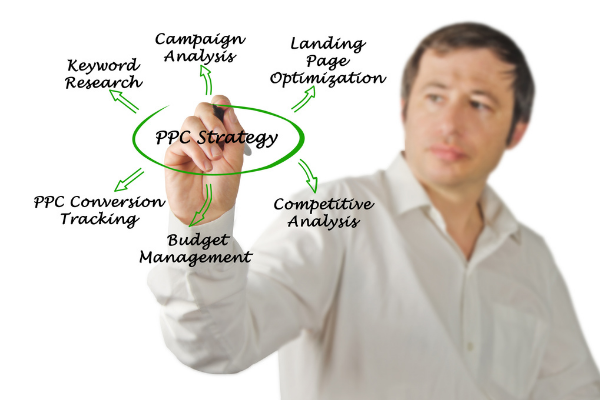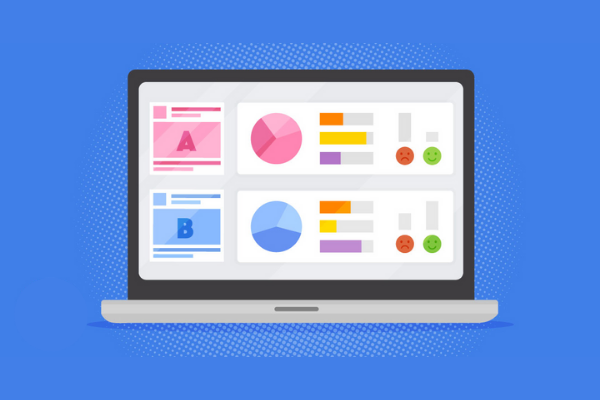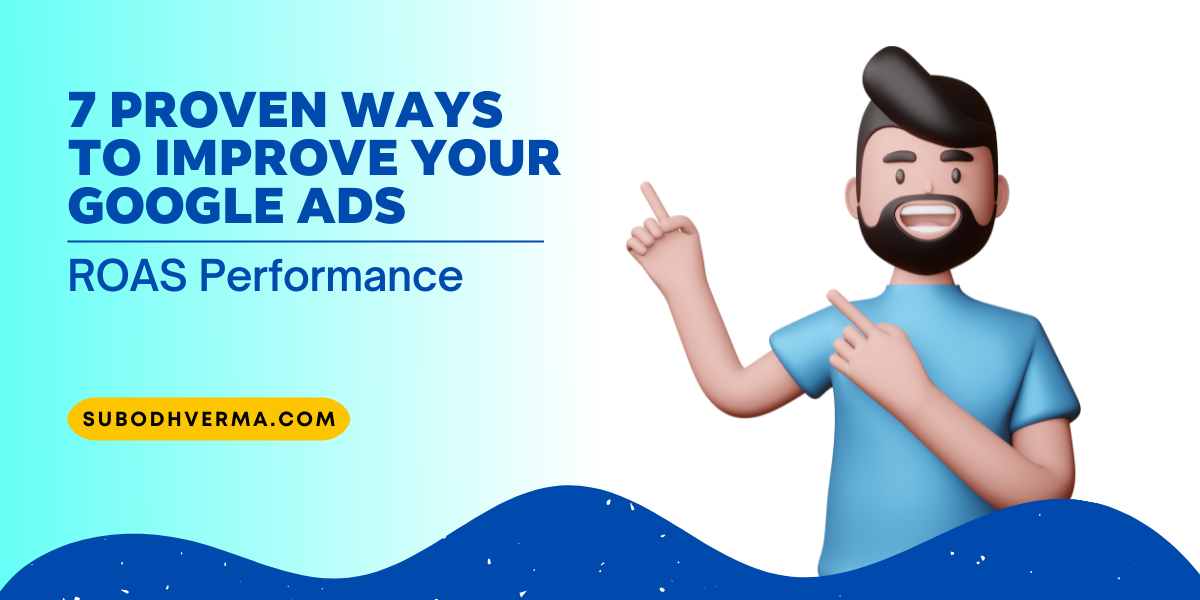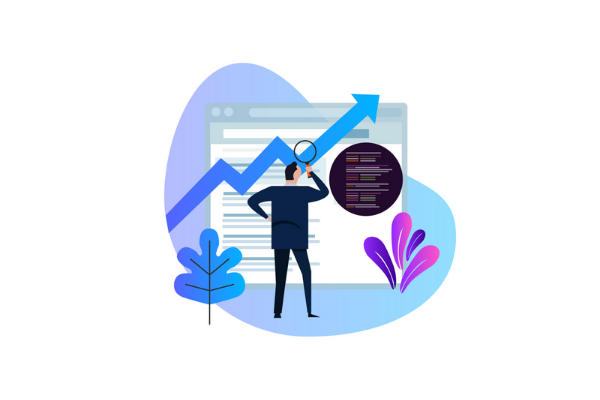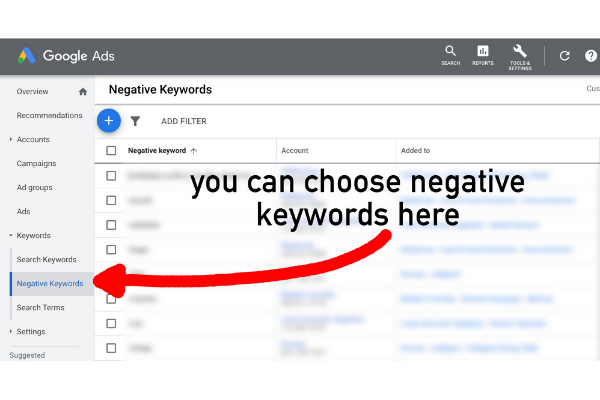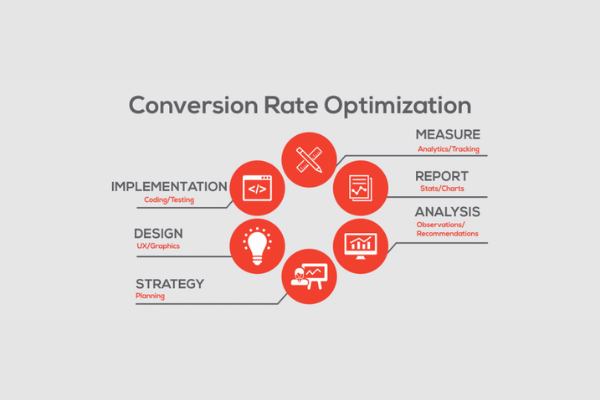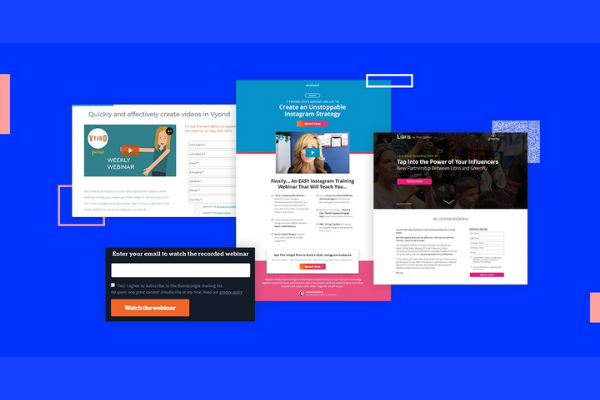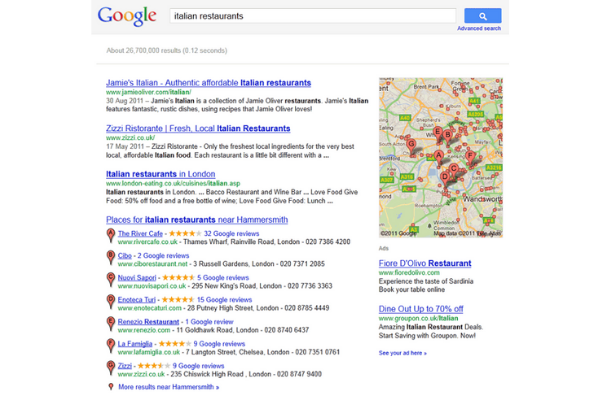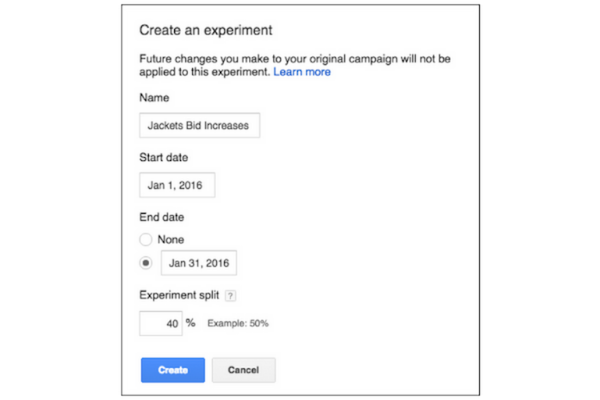With Google going from strength to strength and dominating the search world, it’s no surprise that many people want to get in on what Google has to offer. It has become a game-changer in the online marketing world and has introduced many changes in how we market our products.
Virtual reality is still a relatively new concept, but Google’s mission is to change that. In the first keynote of Google marketing live, there was an introduction to their new technology for virtual reality.
And this Google Marketing Live Pop-up puts you in the middle of these types of innovations and up-to-the-minute information with some of the marketing industry’s leading lights, who offer advice and guidance for advertisers. This live session helps entrepreneurs and marketers to understand the latest technology and learn from industry experts. The goal of this event is to connect directly with advertisers, so they can provide feedback on how to improve their products.
Hence, in this article, I will mainly discuss how Google tries to re-think advertising in the internet age. You will also see how AI is used to help marketers find creatives to target the right audience. So, before wasting any time, let’s get started!
About Multisearch – A New Update By Google
What Does Jerry Dischler, Vice President / General Manager, Ads, Google, Has To Say?
Jerry Dischler, speaks about how Google is building the future of marketing. He talks about their efforts to provide safer advertisements for consumers.
Jerry talks about how computers are difficult to understand the world as humans do. But AI technologies like natural language understanding and computer vision are transforming search from something that requires a lot of effort to a more helpful and genuine experience for people.
Multisearch – A New Exciting Feature
He further informed that Google released a new search feature on their site this month called Multisearch. It is one of the most significant updates to search in several years. There is a way to search by taking your photo. You can ask a question and get results about what is in the image. Isn’t it a fantastic feature?
He highlights how people can search for anything and everywhere. There are continuous innovations in Google so that people can express themselves more naturally. People can search the web with a camera, ask questions with their voices, and use keywords to find what they need.
Increasing Video Ads Usage
He further explains how video ads have taken the edge. The evolution of the video landscape is being driven by a 34% increase in watch time per day during the last two years. Short-form videos are also exploding in popularity.
- Ads On YouTube Shorts
People are watching serious amounts of YouTube videos daily. The global online video platform is a force to be reckoned with. YouTube videos stream to almost 30 billion views a day, up from 4 times just a year ago.
- Google Audiences For Connected TV For Display & Video 360
In a few months, you will have the opportunity to connect your TV ads with relevant audiences in familiar ways. It will work across a wide range of online services. These include Hulu, Peacock, Youtube, and other ad-supported connected TV apps.
- Video Ads In The Feed Of Discover
Video ads are coming to your Discovery feed, where you will be able to see the video being advertised.
Performance Max
He adds that Google is testing out new performance tools to maximize conversions. Now, advertisers can run A/B tests to see each campaign’s effect on their conversion rates.
There will be new insights and explanations for your campaign. You’ll know what automation is doing for you and how it works so that you can do your best with your website.
Next, Google Ads brings in an optimization score in performance max campaigns. It will help advertisers achieve the best possible results in conversions and conversions per ad spend.
You can use performance campaigns to generate maximum conversions on Search Ads 360 and Google Ads mobile app.
Jerry believes that the world is changing, and measurement will have to change to meet demands.
By 2023, approximately 65% of the population will be covered under the current privacy regulation, similar to how GDPR works.
Search Lift And Conversion Lift Tests
Google provides a comprehensive testing tool that allows you to search and conversion lift tests on campaigns, including Geo experiments in Google Ads and display and video 360. Now you can find out where your ads seem to be showing up and where they aren’t.
About Broad + Smart Bidding & Google Ads Library
From The Words Of Vidya Srinivasan – Speaker – VP/GM, Ads on Google Properties, Buying, And Measurement
Vidya Srinivasan, a speaker at Google Marketing live session, says that Google takes machine learning to the next level, reaching people in their moment of need and delivering ads that compel people. Google has made every search more accurate, valuable, and powerful. Machine learning is making a broad match and smart bidding more valuable.
Broad Match + Smart Bidding
She adds that advertisers using ROAS bidding strategy changed their keyword match type from exact match to broad match and saw a 20% increase in conversions.
Responsive ads send customized content from your landing page. Today, you can also use Google business messaging. You can send a customer an email or chat with them directly from any google platform, such as Google search or maps.
Google Assets Library
She mentions that the Asset Library is accessible to all advertisers. She says that you can organize all your image/video content conveniently in one place and make it easily accessible to everyone through a multitude of tools.
You can integrate your asset library with Google Drive, so your files will be easily accessible to you. Using Google Ads Library, you will soon be able to create your video in the library and publish it on YouTube in under 60 seconds.
Insight Page In Google Ads
She further talks about the insights tool of Google Ads.
1. Attribution Insight
You can see campaigns specifically targeting specific parts of a customer’s journey.
2. Budget Insight
You can see which campaigns are staying ahead of the pack and which aren’t. You can then move your budget to more successful campaigns to increase your chances of success.
3. Audience Insight
You can find out more about the demographics of your customer.
4. Insights At The Manager Level
Here, you can see the insights at the manager level.
5. Optimization Score Matters
She mentions that many advertisers saw a median increase of 14 percent when they increased their account optimization score by 10 points. And in the upcoming months, optimization scores will cover every campaign type.
About Google Privacy Commitment And Customer Acquisition
Updates By Speaker Saurabh Sharma – Senior Director, Product Management, Google
Shubham focuses on building resilience for tomorrow. He believes that advertisers and businesses need to protect users from cyberattacks. To which he explains about the
Google Privacy Commitment
The User can control how much they are shown ads based on what products they want to see in their shopping experience. They can do so in “My Ads Center.” Chrome and Android have implemented privacy sandboxes. These features will give you more control over your data.
Testing interest-based advertising and remarketing in google ads, search and display 360 will expand later this year, providing a better user experience. It will also use signals from the privacy sandbox API.
New Customer Acquisition Is Coming In 2022
He mentions that new tactics are on the way for the recent customer acquisition.
1. Marketing Mix Modelling
The future of MMM is looking bright. The platform will be more scalable, user-friendly, and have improvements. It will work across a wide range of media, like Google, YouTube, and connected TV. This change will help advertisers to provide more data input. It will make it easier for anyone using MMM Report to know the impact of their media sooner.
2. Conversion Modelling
This model will include Coverage, Accuracy, and Consistency.
- Coverage: To get new customers and give you a complete view of your customer journey, it will cover more browsers and new Models.
- Accuracy: This update will help uncover a higher percentage of conversion otherwise unseen with higher quality and improved accuracy.
- Consistency: It will provide more consistency across both platforms, such as Google Ads and Analytics.
By implementing these changes, your measurements and reporting will be far more accurate than ever before.
3. Data-Driven Attribution
This update will help you give credit to your conversion by deciding how your customer engages with your ads regardless of conversion volume.
4. On–Device Conversion Measurement
No external server, including Google, receives or hosts identifying information about the user. It’s privacy safe for users.
5. Simplified Tagging
The tagging mechanism has got simplified by replacing the global tag. It will allow you to combine your tags and manage your setting without additional code.
6. Lead Funnel Report
He adds that this update will help you see how your qualified and converted leads perform. You can use it to drive more qualified, high-value leads.
7. Enhanced Conversion
Enhanced conversions in Search Ads 360 will help to maintain deep insights. And now Hubspot is working in sync with google for enhanced conversion.
About AR In Search Updates
Speaker – Bill Ready – President, Commerce, Payments & NBU, Google
Bill talks about the power of AR in Search. He believes augmented reality will change how people shop in the future.
Visual Product Feed – AR In Search
He says with the help of visual product feed, the sale of in-store items has been coming back, and the economy is beginning to look up. He adds that in-store sales worldwide increased by more than 8% in 2021 to $21 Trillion.
He talks about how it’s now easy for a product maker to create augmented reality 3D ads with AR search. But it will help customers compare products better. It will also make them feel like they are looking through a window of your product.
About Visual And Immersive Experience In Search Ads
Tena Weyand, Senior Director, Product Management, Retail Ads, Google
She talks about the “Visual and Immersive experience in a search ad.”
She mentions that people who like to shop from different websites and compare prices tend to buy twice as much as they purchased if they had just relied on one website.
But YouTube is a helpful shopping website that can drop some unexpected inspiration.
Featured Product More Dynamically
Now you can show your product on a video right next to your advertisement. Your product in the video advertisement can be purchased just below your advertisement.
For instance, Levi’s saw a 150 percent engagement increase with the same advertising format.
However, some of the facts of this type of ad are:
- Product feeds are now available in Youtube shorts and Youtube searches.
- People who watch demo videos on YouTube are five times more likely to buy the product.
- The challenge of marketing is to ensure that your customer journey goes hand-in-hand with your marketing efforts.
Performance Max
She also talks about the performance max in online sales. It will synchronize your online and in-store sales. She added that it would allow you to keep track of what is happening, whether online or in-store.
About The Fast Checkout Experience
Matt Madrigal, Vice president/ General manager, Merchant shopping, Google
He talks about getting a faster checkout experience while shopping for your favorite products. A user can go straight to the checkout page on Google with a product that has already got chosen from a Google search.
Online shopping is now the go-to method. It has changed the way people shop and how retailers get designed. Now a user can purchase items from e-commerce websites with just a few clicks.
Advertisers can now access the products tab at the account level in Google Ads. It simplifies your management task. As we mentioned earlier, you’ll be able to view critical information to improve the quality of your feed more efficiently and adjust your bidding strategy to stay competitive. You will also be able to search for missing attributes of products.
You can see which competitors still have a more substantial offer.
He also says that you can adopt other best practices to drive maximum results.
In the coming few months, you will be able to show off your loyalty benefits on Google with billions of people shopping online.
For people who already use the service and everyone else, Google is creating new ways for advertisers to attract new loyal members.
Final Takeaways
Google’s Marketing Live Session covered a lot of ground in the last day or so, and it was great to see some of the recent changes made to Google Search. One area that we were particularly interested in was how they are now incorporating augmented reality (AR) into their search results pages. It will be popular in the coming years, and it’s great to see Google taking steps forward in this area. Also, some of the most significant updates for marketers this year include Multiscreen campaigns, AR Searches, and more. If you’re looking to stay ahead of the curve with your online marketing strategy, this session is a must-watch!
